Pruning Principles
A Little Advice Before You Start
(Adapted from an article by Graham Potter)
The process of actually developing a plant into a bonsai tree bears almost NO resemblance to the process of maintaining a bonsai tree. This is not usually explained clearly in articles or most books. Part of the trouble and reason for the misunderstanding of how this works is the failure of authors to put their explanations of technique into context. A great deal of what was written in the early books was aimed at people who owned mature bonsai trees. Most did not, but they were the techniques explained so they applied them to the bonsai or raw material that they then owned.
If you apply refinement pruning techniques to deciduous raw material you will get a great head of finely ramified twigs on appalling thin, badly shaped and undeveloped branch structure. The tree may look like bonsai when in leaf but once those leaves come off all is revealed. If you take the candle pinching technique for mature pines and apply it to raw material all you will get is a very weak tree largely devoid of back budding and thick dense foliage on the end of long thin branches.
The process of developing a plant into a bonsai tree bears almost no resemblance to the regime of maintaining and improving a well formed bonsai tree. The end result is a lot of frustrated people who have given up. Most bonsai clubs have gone through literally hundreds of members over the last twenty or more years, simply because of an inability to teach the basics consistently.
We can argue over the intricacies of styling a bonsai or what type of pot it should be in but there really should not be any misunderstanding as to how to grow and develop raw material and the basic horticulture that underlies all that we do. Many argue about which soil or fertiliser to use but the important point is not which to use but how to give the plant the air, moisture and nutrient its roots need.
A little study of the science and horticultural practice and it becomes easy. Concentrate on the basics and get it right first time for the sake of the health of our trees. Never touch a tree unless your actions will help improve that tree in some way. Just because you own scissors it does not follow that you should be cutting something.
It is safe to say that the trunk is the main feature of any tree but there are also branches, ramification, bark, deadwood, as well as other features. It is the combination of all of these that make the tree. Most important of all are the roots; in nature there is an entire tree under the ground almost as large as what you see above the ground and without this nothing else matters. Address the part of a tree that many bonsai people forget. Roots are important; ignore or damage the roots and you are in trouble. Prune too much at re-potting time or apply too much fertiliser or too little water and you will quickly learn how important roots are.
Bonsai are not usually developed from a small tree into a big one but more frequently from large trees that we reconstruct into smaller ones. People often buy small bonsai and ask how long it will take to grow into the larger sized tree. Not the right way at all if you want a good sized trunk for your bonsai and only have a small plant - you will have to grow that plant much bigger.
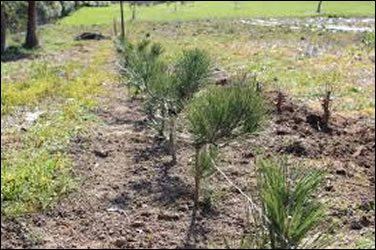
How much bigger?
How much trunk do you need?
Have you ever seen a massive old tree with a skinny little trunk? A large tree needs a thick trunk because it has to flow a lot of water up to the leaves and it also has a lot of weight to support. When ground growing a trunk, the size of that trunk will be directly proportionate to the amount of top growth. Keep pruning the top growth and the trunk will never get significantly bigger. You can only grow a trunk by actually growing to develop a trunk.
Do not try to grow trunks in the ground whilst trying to develop branches or ramification and constantly pruning. The result will be very little improvement in the trunk size, poor quality branch structure and thick ugly ramification. If you want to grow a trunk, do that in the open ground and only once you have the size of trunk you need should the plant be pruned, lifted and placed in a suitable container.
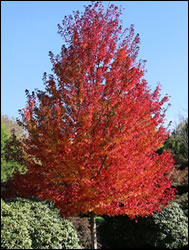
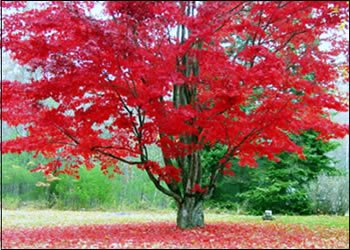
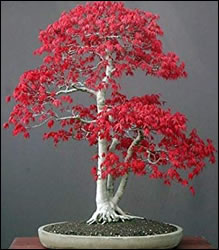
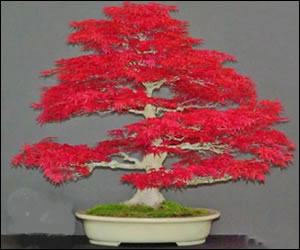
The first time you prune your tree, it is to ‘style’ it into the height and form you want your bonsai to take. Pruning bonsai shoots lets in light and air, which helps strengthen and fortify the remaining leaves and branches and also encourages new growth; this in turn adds new and fresh sources of nourishment for the tree. Spring and late summer (before or after the main growth spurt) are the best seasons to do this work.
Make sure you have bought the right tools and that they are sharp; you want to cut not break the branches and leave severe unsightly scars. Use branch cutters appropriate to the thickness of the branch you are cutting off. Cut as close to the trunk as possible, with the cutters at 90° to the trunk. New buds are likely to appear around the wound. Gently rub off with your fingers while they are still small, unless there is one in a place where you want a branch to grow.
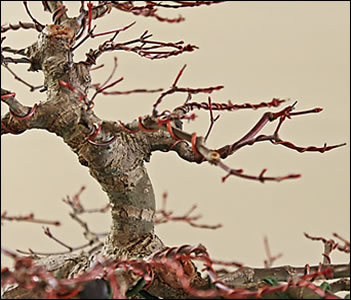
The consequences of leaving all new buds without rubbing off those you do not require means the buds grow and open and you have branches growing all over your tree and you quickly loose the shape.
- If two branches occur at the same level on the tree (known as bar branches), keep one of them and remove the other.
- Remove branches with unnatural twists and turns.
- Remove disproportionately thick branches from near top of the tree.
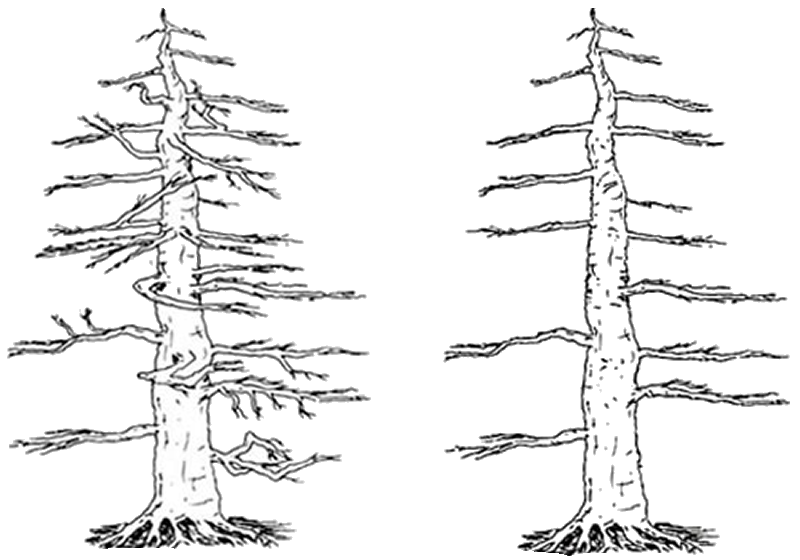
Do not repot until the tree has fully recovered from the work done to it. Subsequent pruning and trimming is to maintain and refine the shape of the tree you have created.
Trees grow more strongly at the top and outer ends of branches. It is important to prune these areas regularly in order to encourage growth closer to the inner parts of the tree; a healthy tree will have no problem coping with pruning up to a third of its branches at any one time. If reducing the length of a branch, do not cut too close to a potential bud as there could be dieback and the bud would be lost.
It is advisable to seal large cuts with wound paste. The paste, containing a fungicide, protects the wounds against infections and helps the tree to heal faster.
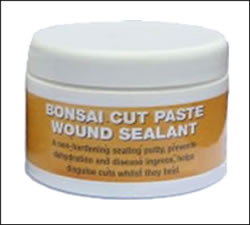
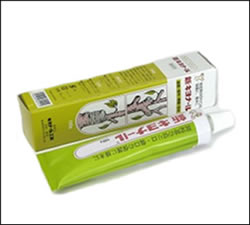

Using Cutters
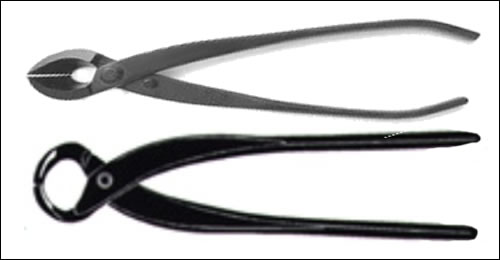
If removing large braches it is advisable to use a curved branch cutter, cutting out a small concave hollow which you can seal with cut paste, thus hastening the healing process and avoid unsightly lumps or scars on the trunk.
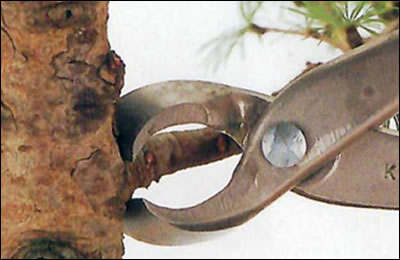
The correct way to use concave branch cutters, holding the edges horizontally to the trunk.
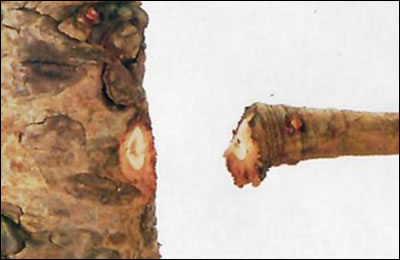
Once the branch is removed you can see a concave hollow in the trunk.
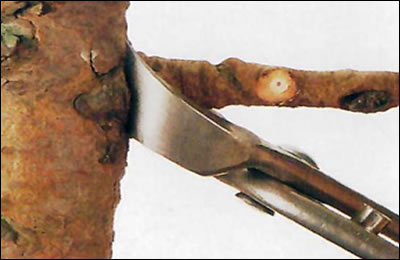
If you had held the cutters at an angle to the trunk you would have been in danger of causing a split in the trunk that could take a long time to heal.
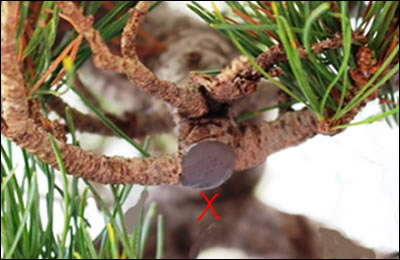
A thick branch removed with concave cutters and the hollow filled with cut paste
(just above the red X) that will seal the wound and allow for healing.
Web design: nysys
